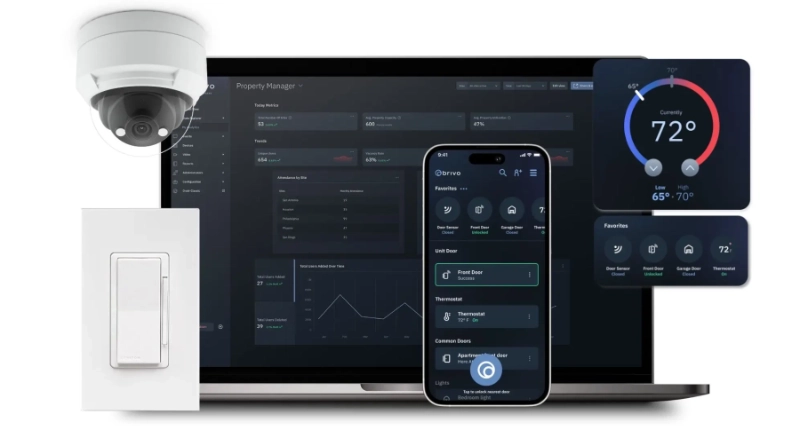What does it take for a security business to grow in today’s environment of increased competition and staffing shortages? We get a lot of questions from security integrators about how to build a successful security business.
Watch John Szczygiel, Brivo’s chief operating officer and a 30+ year veteran of the security business, answer some of your most frequently asked questions about the nationwide shortage of skilled technicians:
- Why there is a shortage of skilled technicians to install access control
- The best strategy for security integrators to manage the technician shortage.
Video Transcript
[Charles] Why is there a shortage of skilled technicians right now?
John: It’s an interesting topic because what you see demographically happening is that fewer and fewer people are going into technical and mechanical trades. That’s number one. There’s a lot of people who are in more white-collar positions. All kinds of trades are challenged for resources.
The other thing is that once you have a person that understands mechanical, electrical and computer technologies, they become pretty valuable, so a lot of times they get hired away by IT firms who can pay a lot more than security integrators. That becomes the challenge and pressure on finding technicians.
[Charles] What can I do about it?
John: That’s a great follow-up question. There’s a couple of ways to look at it. One is that when you’re using a cloud-based system, the knowledge that somebody has to have in the field to do the field is much less. As long as they understand electronics, electricity, and the basics of installing an access control panel and wiring up locks, doors, readers and things like that, someone with a little less skill in computing can install that system. A person who is perhaps a better system architect can program hundreds of systems remotely and have the field technicians install them.
So in the case of a cloud-based platform, where you have that flexibility to perform all those remote services, the technician shortage can be managed much more easily than if you have to deploy an on-premise system.













